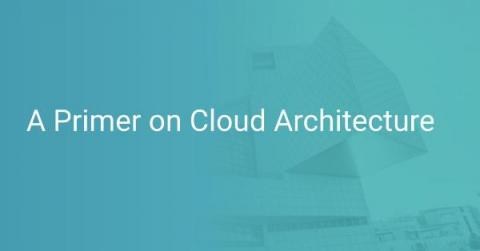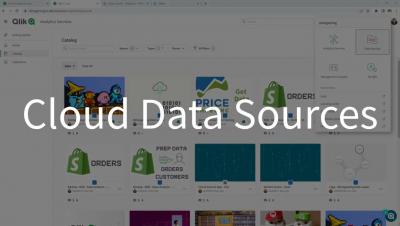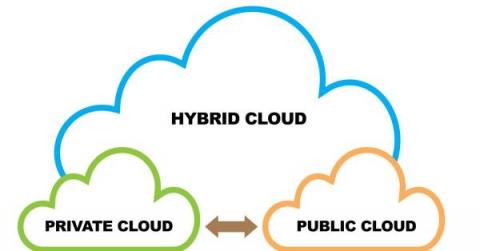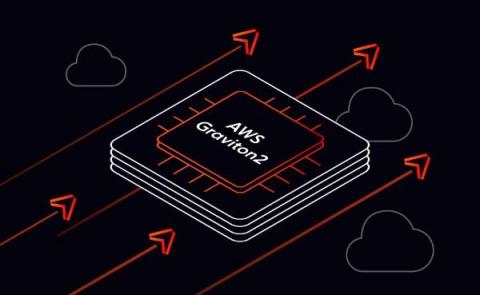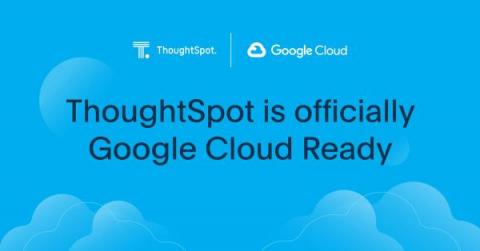A Primer on Cloud Architecture
The cloud is growing more and more popular each day. We are in an era where there is a prominent trend of companies migrating from traditional on-premise systems to more reliable and fast cloud-based systems. However, the conversion is still not rampant on a large scale, primarily due to the lack of awareness in the up-and-coming businesses about the cloud’s fundamentals. However, the cloud has proven to be a sound and worthy option time and time again.


